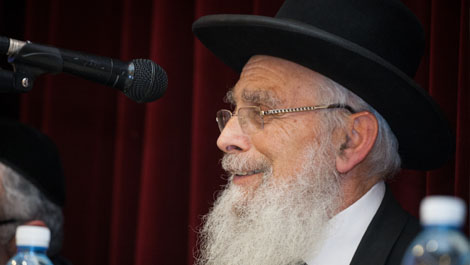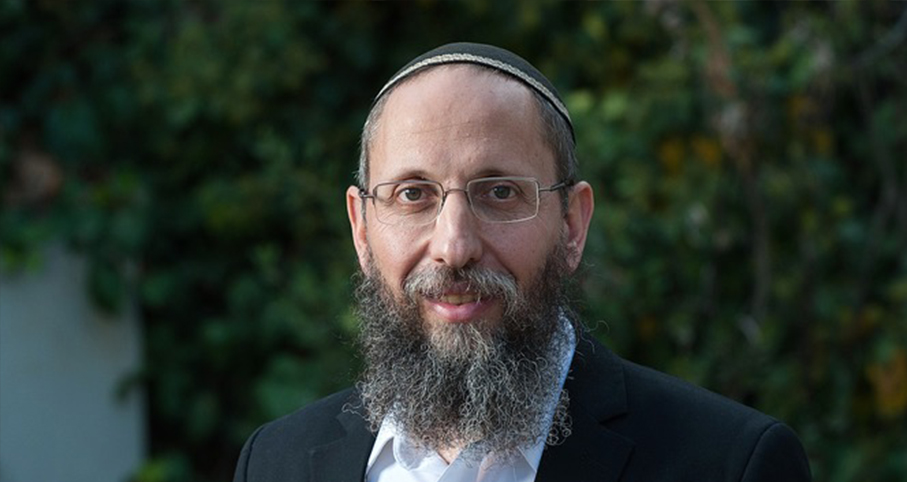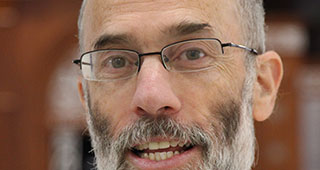Beit Midrash
- Sections
- Chemdat Yamim
- Parashat Hashavua
- Shabbat and Holidays
- Rosh Hashana
- The Essence of Rosh Hashana
We place points and lines on the endless procession of time, thus breaking it up into pieces, such as days, weeks, months, and years. However, in the greater world, in an existence that seems eternal, time passes in a manner that seems to not have borders. Yesterday was 5719; today is 5720. If you look at the natural world, you do not see a difference. The sun rises and sets, and there is nothing new or different.
However for man, whose life is fleeting like a shadow, time plays a major role. The passing of a year is significant, and for man a new year and the Rosh Hashana that begins it are important concepts. The midrash (Devarim Rabba 2:14) relates that when the angels enter to ask Hashem when Rosh Hashana will be, He answers: "You and I will go down to the court on Earth …" In addition to the simple meaning, there is also an explanation along the lines we have set forth. Only for man is it possible to really talk about a new year, whereas in Heaven, which is above time, there is no such distinction.
The simple meaning of the midrash as well, that the Heavenly Court has to follow the human court in this matter, is also based on man’s connection to time. The greatness of our world and of mankind is an offshoot specifically of the fact that we have the weakness of being slaves to time.
"The earth and all that is in it is Hashem’s" (Tehillim 24:1), as we announce in the Rosh Hashana tefilla. This message is antithetical to what the idolatrous nations of the world teach. Those nations try to go up to the heavens and have earthly elements rule there. They proclaim that earthliness is everything in the universe. Judaism tries to have the heavenly rule throughout the world. This is a major theme in the giving of the Torah, as the midrash tells us that Hashem lay the heavens over the land (Mechilta, Yitro 9).
What was the first thing the Russian cosmonauts did when they reached the moon? They put their flag with its symbol of the sickle and the hammer, representing the workers and the peasants, on the moon to claim it for themselves. These symbols represent their idea that only that which is used for physical sustenance is important. We, so to speak, place Hashem’s flag of spirituality on Earth.
Our approach is based on our understanding of our transience. When we view the meeting between our fleeting nature and Hashem’s eternity, we become committed to connect ourselves to the eternal. Other nations do not want to recognize eternity. They want to deal with it with "eat, drink and be merry, for tomorrow we shall die." There is nothing of value to live for, so just enjoy, and claim as much as you can for physicality.
Hashem told the angels to set Rosh Hashana based on man’s decision. We are the ones who are able to do teshuva and thereby go up to the Heavens. That is why we can draw inspiration to go up to the Heavens and bring back Torah.

Parashat Hashavua: How to Ensure a Future of Torah
Rabbi Yossef Carmel | Cheshvan 5786

The Torah Connection
Various Rabbis | 5 Adar I 5768

Parashat Hashavua: The Journey … from Charan to Mt. Moriah and Beyond
Rabbi Yossef Carmel | Cheshvan 5786






















